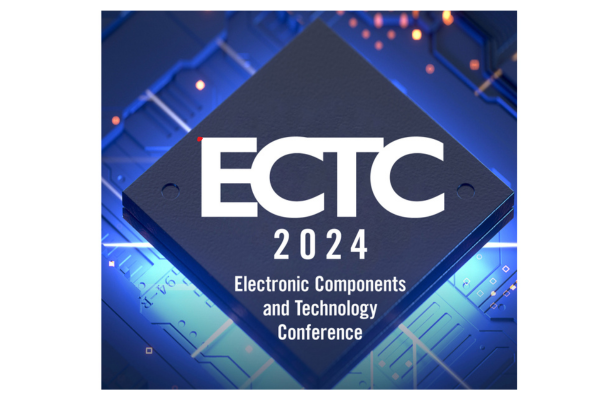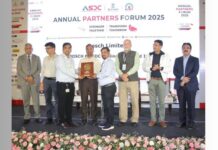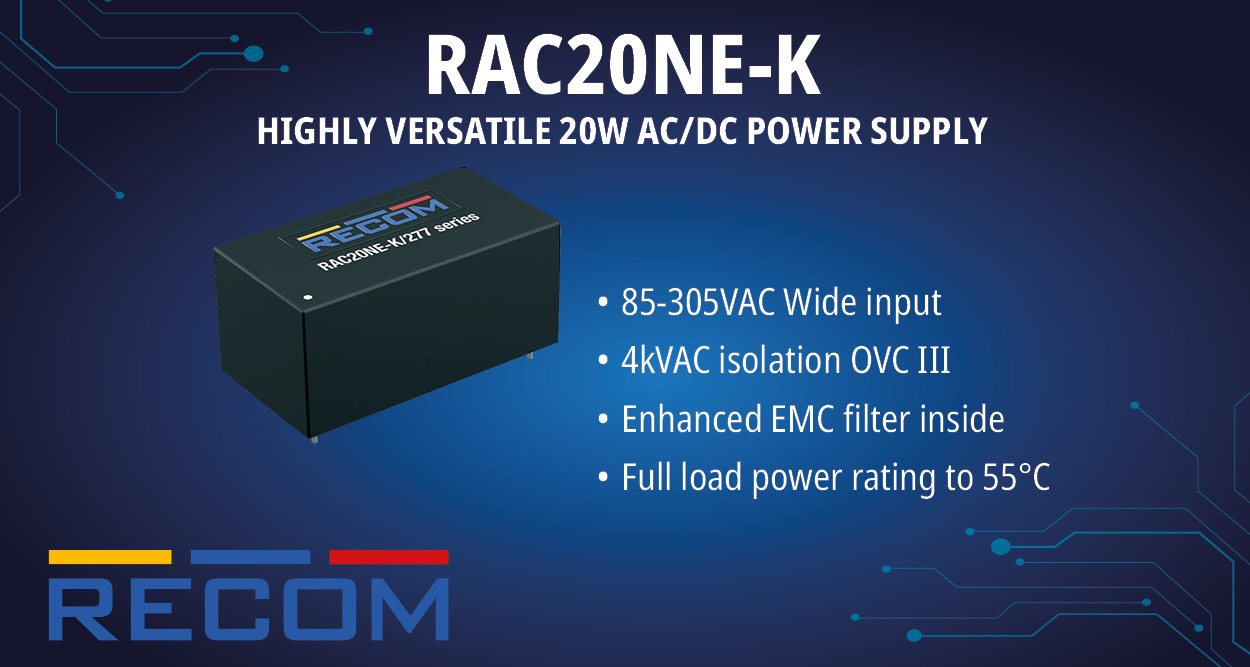Workforce-related issues in the semiconductor and microelectronics packaging industries are becoming critical as these industries go through a period of strong growth and transition. A special session at the recent 2024 IEEE Electronic Components and Technology Conference the world’s leading forum for advancements in microelectronics packaging and component science and technology, highlighted critical workforce challenges and showcased potential solutions.
These industries are being driven by fast-growing demand in areas like artificial intelligence (AI), transportation electrification, automated manufacturing, data center growth and complexity, and Internet of Things (IoT) devices, among others. This growth has prompted substantial global investments in new fabrication facilities and packaging infrastructure in Asia, Europe and North America, supported by government spending,
However, the corresponding surge in demand for skilled labor ranging from technicians to Ph.D.-level technologists poses a considerable challenge. At the 74th annual ECTC, held here from May 28-31,
panelists in the special session, Challenges in Education and Workforce Development in the New Chips Economy, explored workforce topics including industry needs, industry perspectives on student preparation, global approaches to electronics packaging education, and strategies to attract students to work in the electronics packaging field.
“In the microelectronics industry, the lack of enough trained and educated people in the pipeline brings the very real possibility that the design and manufacture of the devices we all depend on in this digital age will be impacted,” said Patrick Thompson of Texas Instruments, co-Chair of the panel session and President of the IEEE Electronics Packaging Society, which sponsors the ECTCMicroelectronics: 2024 ECTC Highlights conference. The other session co-Chairs were Kitty Pearsall Mark Poliks (Binghamton University) and Jeff Suhling (Auburn University).
“That’s why this panel session at the ECTC Microelectronics: 2024 ECTC Highlights conference was so important, because it brought together a group of workforce experts with real-world experience and insiders’ views of this complex issue, to identify the main roadblocks and discuss possible solutions,” Thompson said.
Highlights from the panel discussion:
Robert Geer, NY CREATES/SUNY Polytechnic University
Geer is Vice President for Education and Workforce Development at NY CREATES, a world-leading R&D hub and commercialization facilitator, based in Albany, NY and with facilities throughout New York state. He said each year there are ~43,000 STEM-related graduates from two- and four-year educational institutions in NY, but only relatively few of the two-year community college graduates are aware of the many advanced packaging and other microelectronics industry opportunities open to them.
NY CREATES’ key workforce development strategies comprise increased outreach to community colleges; tapping the pool of ~160,000 military veterans who enter the U.S. workforce each year, many of whom have transferrable skills; and reaching into the state’s K-12 teacher/student population to develop from an early age an awareness of the industry’s importance and the work opportunities available.
Among the many programs and initiatives NY CREATES uses to implement these strategies is a diverse set of job shadowing, internship and co-operative educational opportunities at the Albany, NY Nanotech Complex and TAP Packaging Facility, and at other NY CREATES facilities in the state. Another example are the customized fab technician/service engineer training programs conducted in cooperation with industry. In 2023/2024:
- >600 college/university students and professionals have participated in NY CREATES educational development activities.
- There have been >850 participants in NY CREATES military/veterans workforce outreach programs.
- >1,200 K-12 students and teachers have attended NY CREATES educational outreach programs.
John Oakley, Semiconductor Research Corporation
Oakley is Science Director at the SRC, which manages academic research programs on behalf of the semiconductor industry and government, and helps to create the workforce needed to move the industry forward. He said workforce development is a critical enabler of the SRC’s Microelectronics and Advanced Packaging Technologies (MAPT) roadmap. That roadmap summarizes the key drivers of technology progress, provides guidance on how to achieve key technical challenges, and offers ways to develop the workforce needed to bring them into reality.
He showed SRC figures indicating that while an additional 114,800 semiconductor-related jobs will be needed by 2030, only 19,000 are currently in the pipeline. In addition, the workforce will need to be a multidisciplinary mix of engineers and technicians; some 60-70% of whom would be technicians. Microelectronics: 2024 ECTC Highlights Obstacles to developing this workforce include student lack of interest/motivation; the time lag to fill the pipeline from where we are now; how to finance workforce development; and determining the optimum scale of workforce development programs.
He pointed out that while SRC supplies ~20% of the semiconductor Ph.D. workforce in the U.S. and has the capability to increase output by 3-5 times to meet growing demand, only 13% of U.S. undergraduate students are pursuing STEM-related studies, and of those, just 0.2% ultimately join the semiconductor workforce. On the graduate level, meanwhile, only 0.4% of STEM students go on to join the industry. SRC strategies to patch this “leaky pipeline” include providing more opportunities for hands-on experience, more/better access to training/mentors, financial and other incentives, leveraging the success of other programs conducted elsewhere; and working closely with industry, among others.
Toni Mattila, Business Finland
Mattila is Head of Microelectronics, Photonics and Quantum at Business Finland, the government agency which promotes trade and investment, innovation, travel, and talent attraction. He said that since the announcement of the European Chips Act in 2022, the European Union has attracted new semiconductor-related investments worth more than €90 billion, with 20+ new large (billion €) sites and many smaller ones.
The industry is expected to grow significantly in Finland, from an estimated €2 billion in 2023 to €6 billion in 2035, and from 6,000 employees to 20,000 in the same timeframe. But Finland is small, with a population of under six million, and addressing the skills challenge is no small feat. Some of Finland’s major strategies are:
- Significant investments in education at all levels, targeted at both university & vocational students
- Degree programs co-created with academia and industry
- Relevant extracurricular activities supported by companies
- Research funding mechanisms to attract university professors
- On-the-job learning
- International collaboration in education
- Occupational immigration
- Scholarships and internships
Jim Wieser, Texas Instruments
Wieser is Director of University Research and Technology in the Office of the CTO at TI. He said that the SRC’s MAPT roadmap is a critical enabler of industry progress, because it addresses workforce issues which are critical, broad and urgent.
He echoed the long list of challenges to greater workforce participation described above, and posed a thought-provoking question: Given that existing workforce development programs are small and difficult to scale, who ultimately should own the national workforce development effort – government, industry, or academia? All are important contributors but coordination and leadership is needed for maximum effectiveness.
Wenhui Zhu, Central South University
Dr. Zhu is Professor at China’s Central South University in Changsha, Hunan, China, which is affiliated with and funded by China’s Ministry of Education. He outlined the extensive network of undergraduate, masters and Ph.D.-level educational training programs in China in physics, circuits and systems, microelectronics and solid state technologies, noting that they have produced some 230,000 graduates in integrated circuit-related fields, representing approximately 2% of the total college graduate population in the workforce.
He described how 26 universities across China are exemplary Schools of Microelectronics, with expertise in various topics. Central South, for example, has a focus on advanced packaging, which is key to the development of the microelectronics industry. He described how these universities work with industry for mutual benefit – one example of this academic-industry cooperation was between Central South University and AMQ, or Changsha AnMuQuan Intelligent Technology Co., Ltd., in the development of advanced flip chip packaging.

















